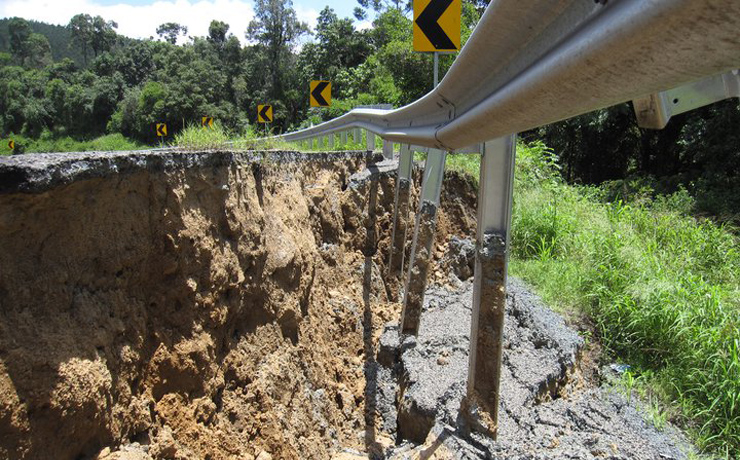
September 29, 2020
The Bureau of Meteorology has confirmed a La Niña weather pattern is now established in the tropical Pacific – and is expected to last until at least January.
A La Niña typically means:
- More rainfall in eastern, central and northern Australia
- Decreased daytime temperatures south of the Tropics
- Warmer overnight temperatures in northern Australia
- A decreased risk of frost
However, it also brings with it an increased risk of more tropical cyclones, flooding and an earlier onset of the monsoon season.
BOM said current climate outlooks indicated the remainder of 2020 would be wetter-than-average across the eastern two-thirds of Australia.
However, the Bureau emphasised that every La Niña event is different.
This one is not expected to be as strong as the one in 2010-12 – one of the four strongest on record – which brought widespread flooding to various parts of Australia, including the South Burnett.
More than 78 per cent of Queensland was affected during the 2010-11 floods and 33 people died, including a 19-year-old woman at Cherbourg who drowned in Barambah Creek.
La Niña occurs when the equatorial trade winds become stronger, changing ocean surface currents and drawing cooler deep water up from below. This results in a cooling of the central and eastern tropical Pacific Ocean.
Warm surface waters occur in the western Pacific and to the north of Australia. This warming of ocean temperatures in the western Pacific means the area becomes more favourable for rising air, cloud development and rainfall.
Read more in our Climate Driver Update: https://t.co/MKYnElWVUW #ENSO pic.twitter.com/qoNz3yP1yg
— Bureau of Meteorology, Australia (@BOM_au) September 29, 2020























